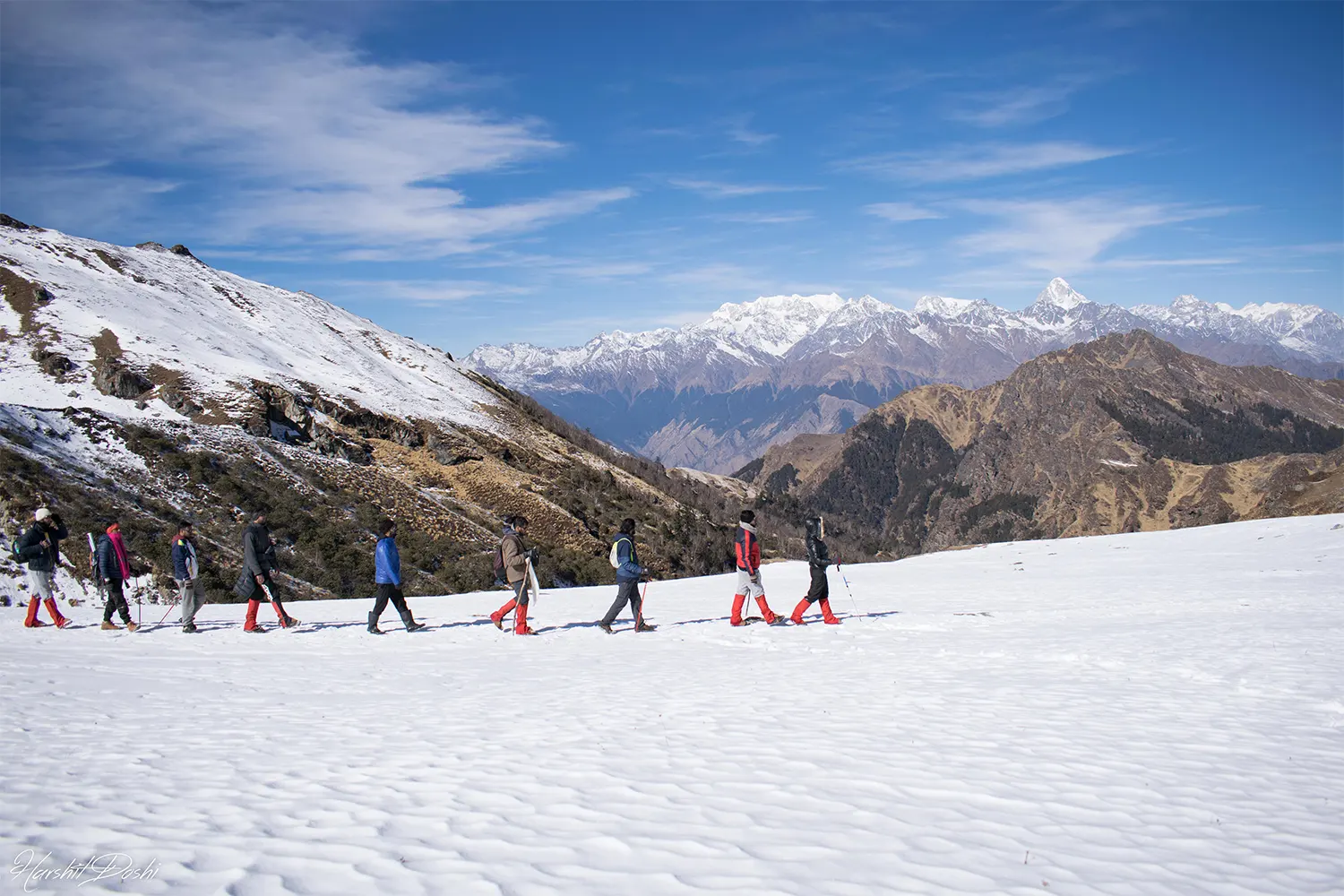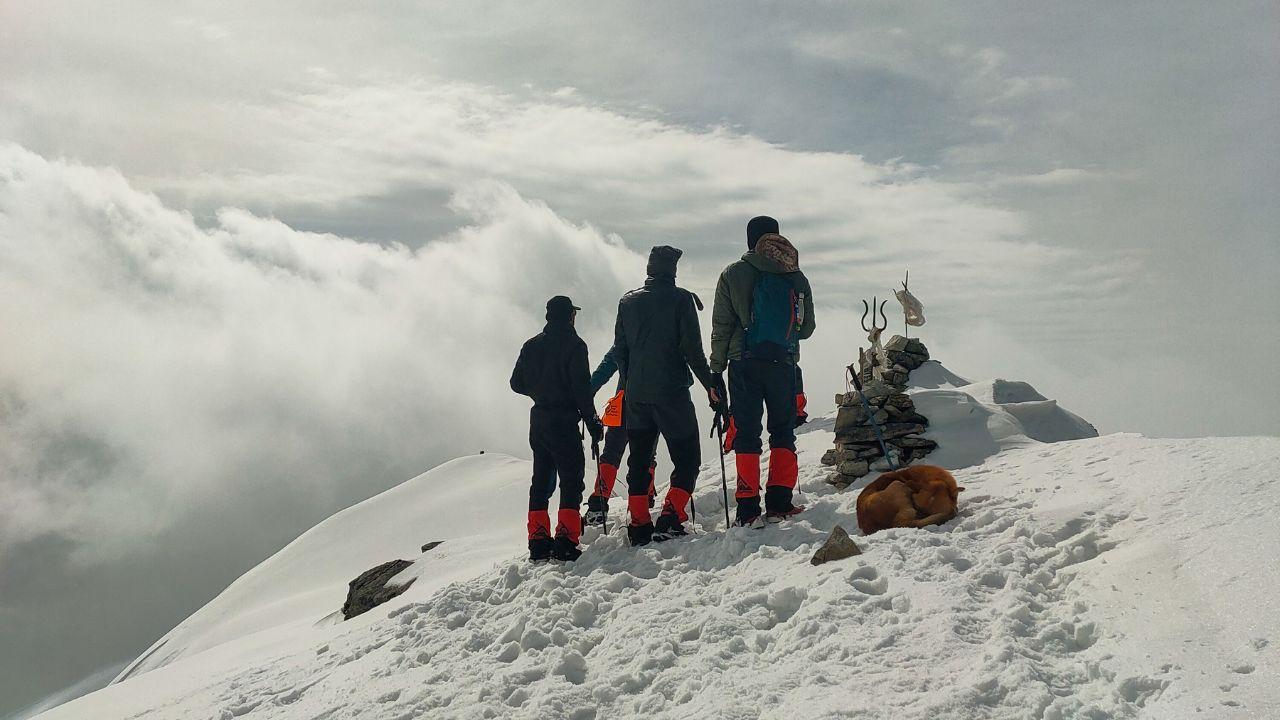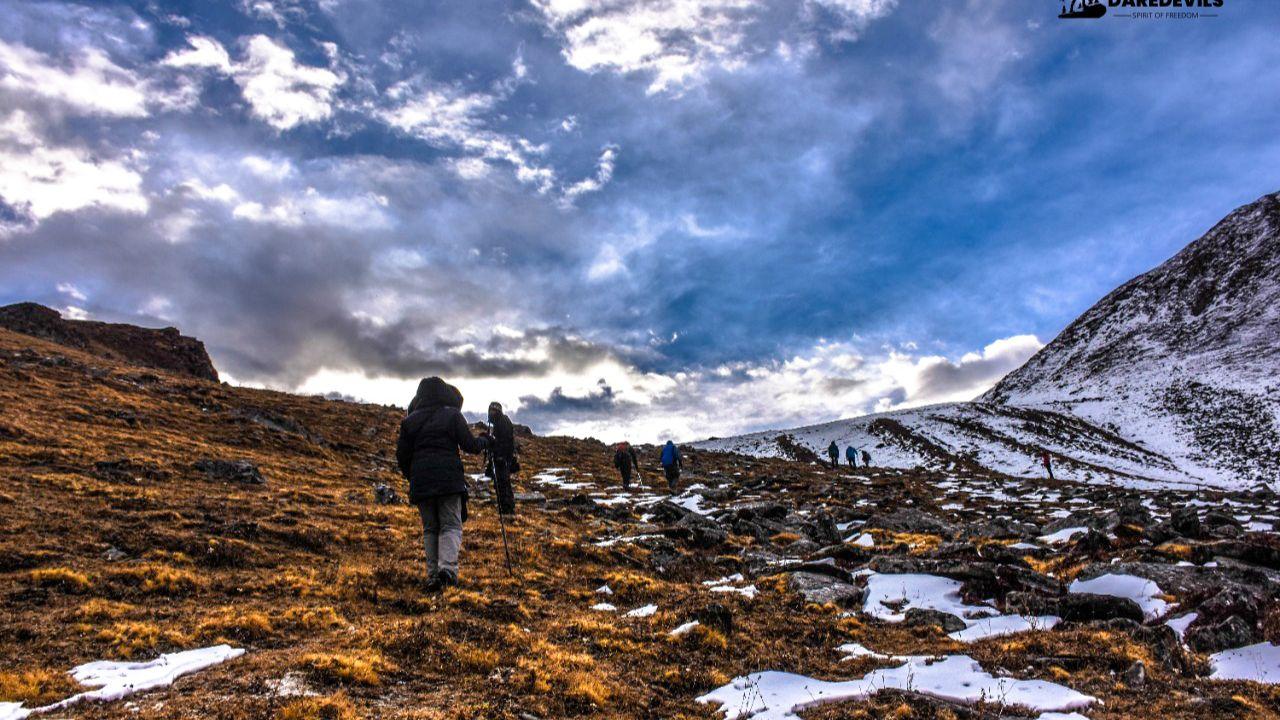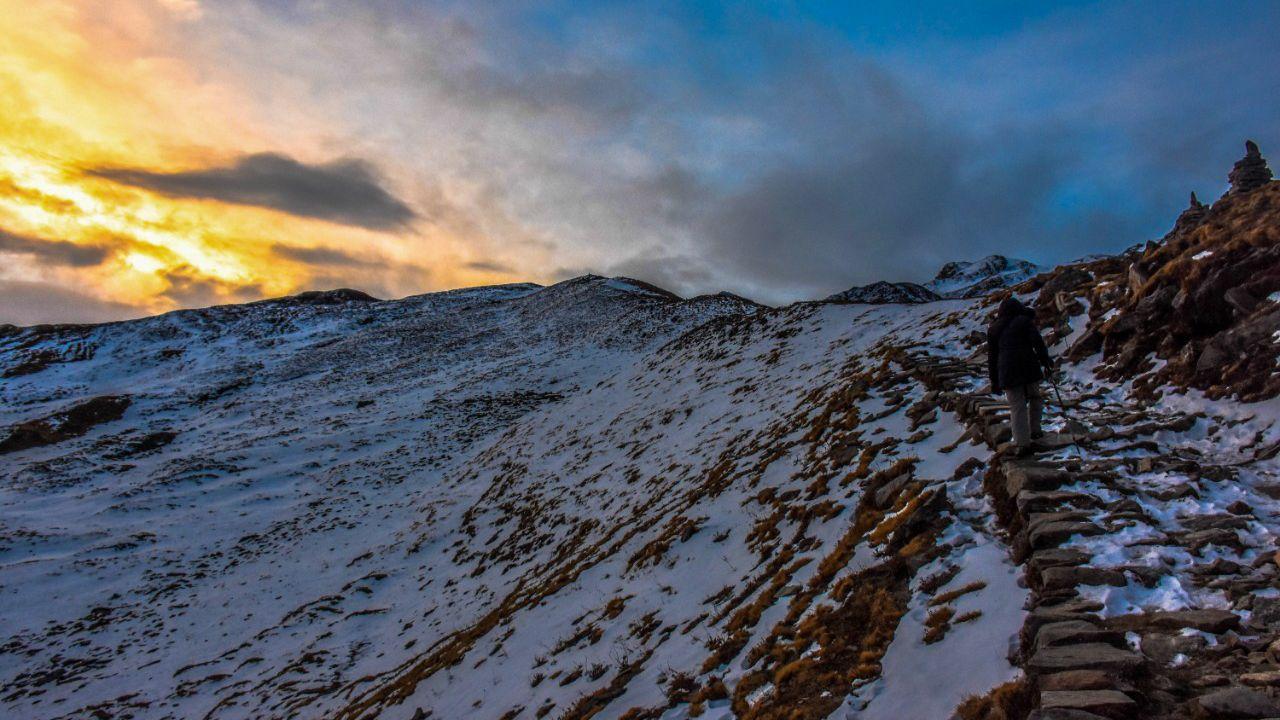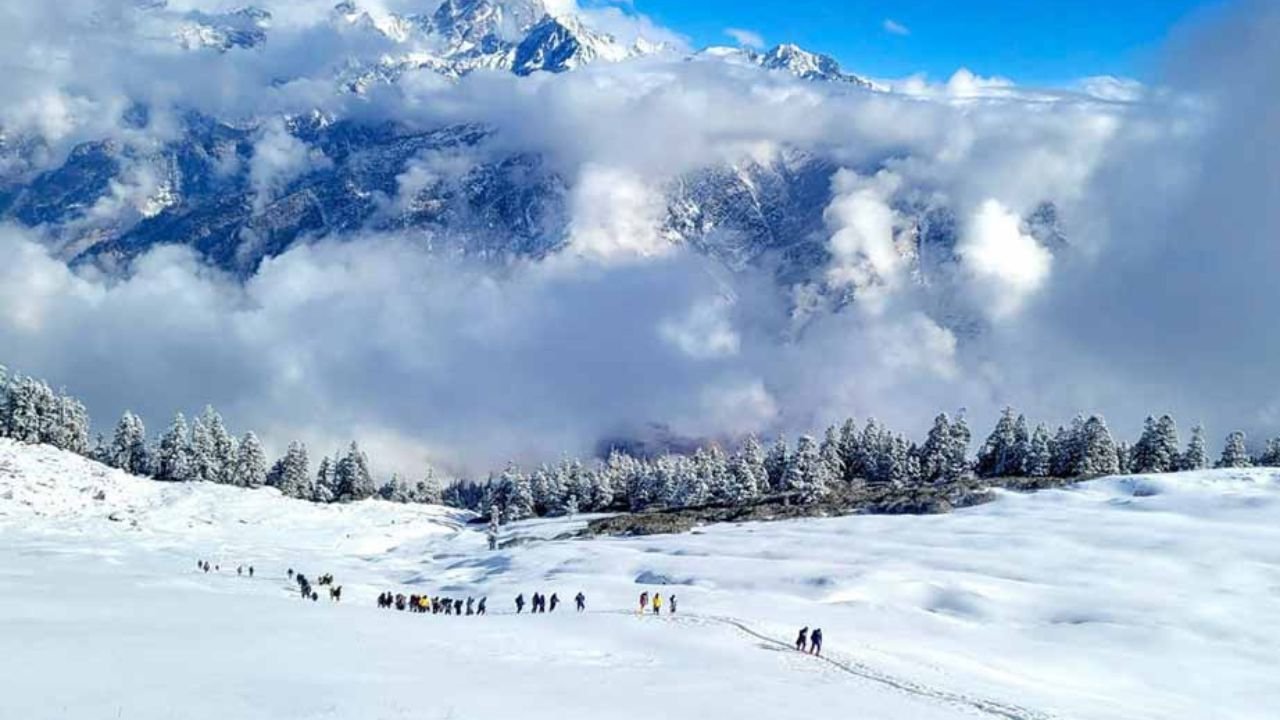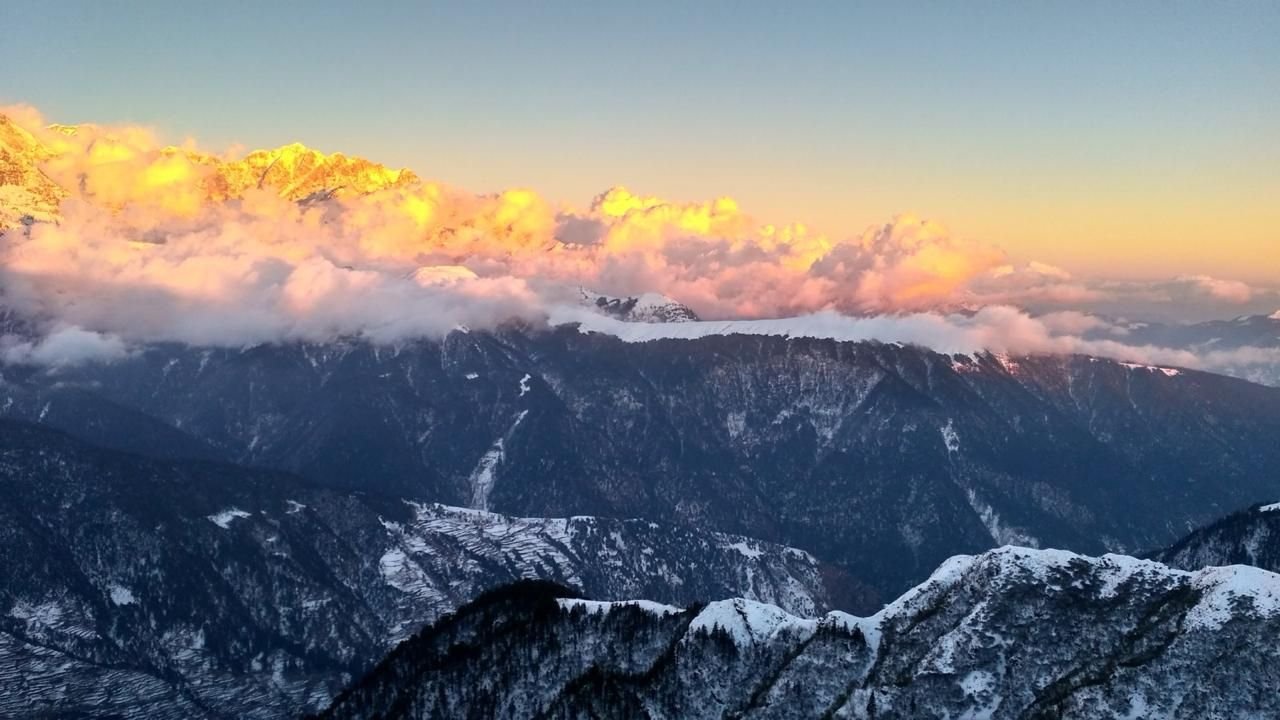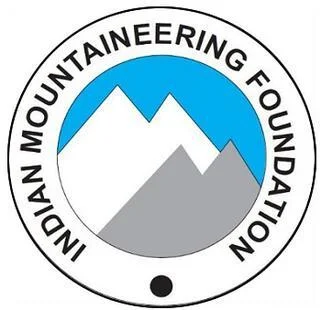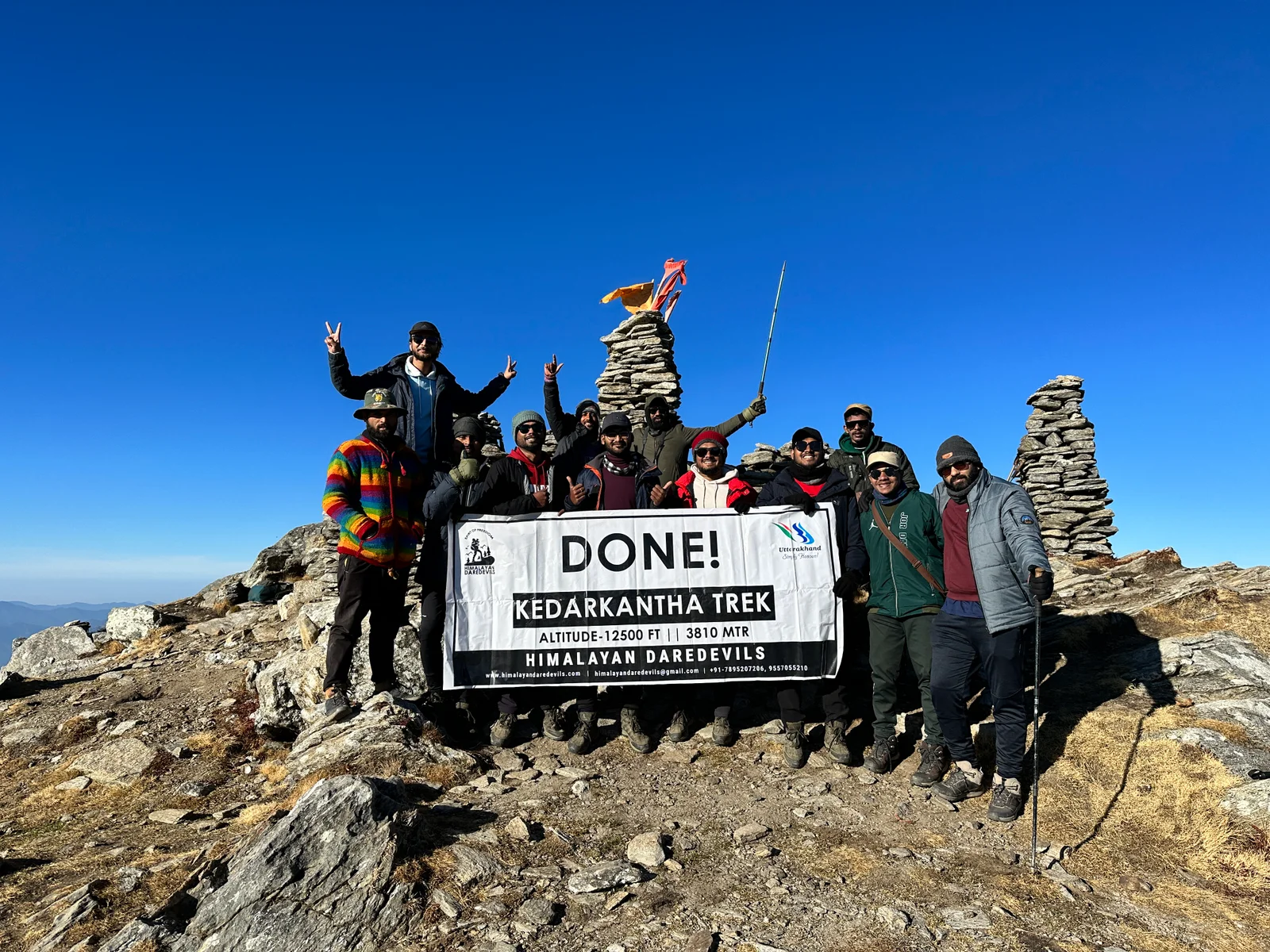Starting From
8,048
6,999.00
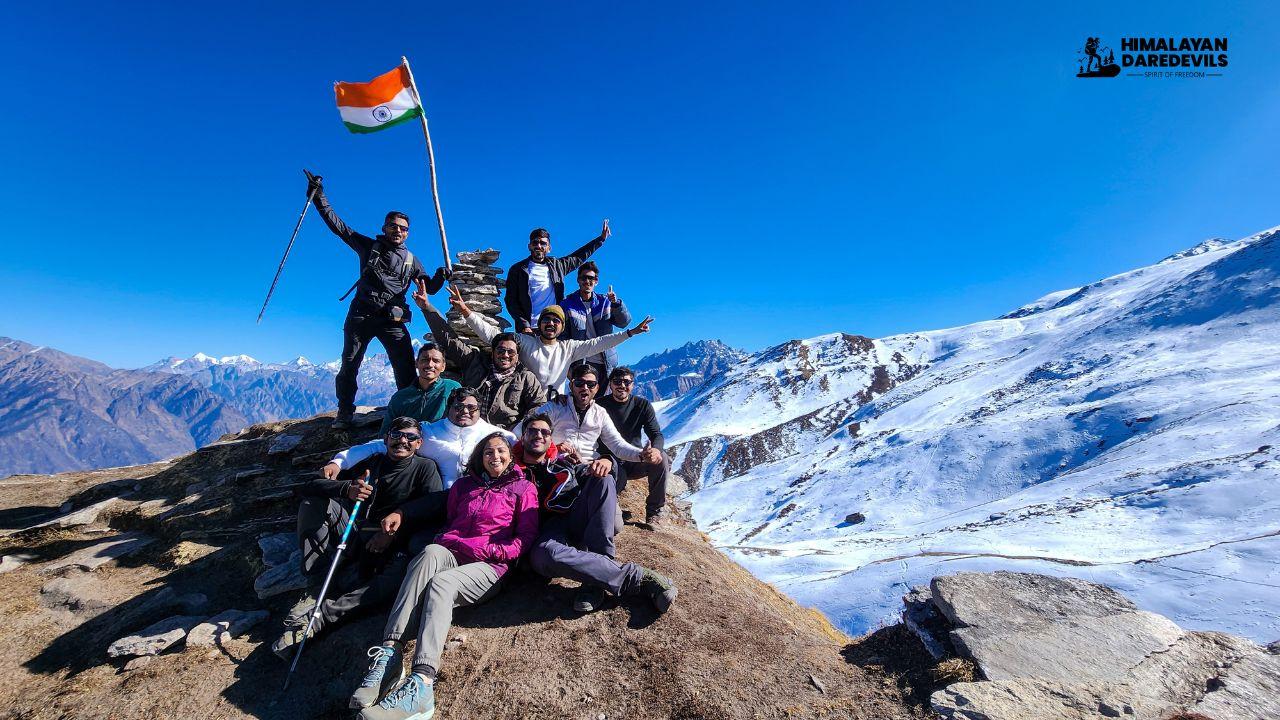
Starting From
8,049
6,999.00
Starting From
8,049
6,999.00
Kuari Pass Trek (418+ Reviews)
Circle trail | Camping in various locations, starting and ending at the same point.
Dehradoon Railway Station
Jolly grant Airport - Dehradoon
Joshimath
January | February | March | April | November | December |
Joshimath to Joshimath
Veg
Guesthouse / Camping tent
Uttarakhand
6 Days
Moderate
12750 Ft
33 Km
Kuari Pass Trek Overview
Kuari Pass Trek is one of the most fascinating treks in the Garhwal Himalayas, known for its Kuari Pass altitude and scenic landscapes, attracting trekkers interested in Kuari Pass trekking of the northern Indian state of Uttarakhand, offering breathtaking scenery and incredible flora and fauna. Kuari Pass stands at an altitude of 3,650 meters (12,000 feet), a popular fact for those researching the Kuari Pass height and preparing for the Kuari Pass trek the Himalayas, which offers views of the majestic Himalayan peaks like Nanda Devi, Trishul, Hathi Gori Parvat, Kamet, Chaukhamba and many more. Famously known as the Curzon Trail, it was named after Lord Curzon, who undertook this journey in the early 1900s, sparking the interest of many trekkers. Today, the Kuari Pass Trek attracts adventure seekers, nature lovers, and culture enthusiasts, blending Himalayan beauty, wilderness, history, and spirituality.
Starting Point - Joshimath: The trek begins in Joshimath, the base for many Himalayan treks including the Kuari Pass trek the Himalayas, attracting both beginners and seasoned trekkers, a town at 1,890 meters that serves as a base for many high-altitude expeditions. It is not only a religious hub but also a gateway to Auli ski slopes and Badrinath temples, making it the ideal starting point for the Kuari Pass adventure.
Highlights of the Trek
Here are some of the highlights of the Kauri Pass trek, a major route for Kuari Pass trekking enthusiasts.
Into the Forest Trails
The trail to Kuari Pass leads through dense oak, rhododendron, and deodar forests, making Kuari Pass trekking a paradise for nature lovers, and deodar forests, filled with vibrant vegetation and diverse wildlife. Trekkers also pass through charming villages like Dhak and Gulling, where the traditional lifestyle of the Garhwalis can be experienced.
Nature lovers will get to spot unique Himalayan fauna such as musk deer, Himalayan tahr, and several bird species, making this trek a delight for wildlife enthusiasts.
The Journey and Scenic Beauty
The first stages of the trek are relatively moderate, making the Kuari Pass trek the Himalayas suitable even for beginners, with gentle ascents and descents. Along the way, trekkers encounter streams, meadows, and panoramic Himalayan landscapes. The highlight remains the Nanda Devi Range, one of India’s tallest peaks, offering breathtaking views that words and photos cannot truly capture.
The Ascent to Kuari Pass
As the terrain rises, the trek becomes more strenuous, especially due to the Kuari Pass altitude, but the rewarding Himalayan views make it worthwhile, culminating at Kuari Pass (3,600 meters). From here, trekkers are rewarded with stunning vistas of peaks like Nanda Devi, Dronagiri, and Trishul. Standing at this vantage point is one of the trek’s most fulfilling moments.
Cultural Immersion
Trekkers also experience the rich Garhwali culture, expressed through music, dance, and cuisine. Local delicacies like aaloo ke gutke (spiced potatoes) and kafuli (a green leafy curry) add to the cultural flavor of the journey.
Best Time For The Kuari Pass Trek
The best time to trek to the Kuari Pass is from late September to early November and late March to early May. These months offer the best weather and clear skies, it is also the perfect time to see the vibrant wildflowers and clear panoramic view of the distant Himalayas. Here is a closer look at each of the season:
Spring (Late March to Early May):
Temperature: Daytime ranges from 12°C–22°C; nights range from 4°C–8°C.
Highlights of the Season: This is the season when the Alpine meadows of the Kuari Pass bloom with colorful wildflowers and the melting snow makes the mountain streams come alive. The weather is comfortable for camping and the clear skies present the panoramic view of the majestic mountains and the starlit sky at night.
Autumn (Late September to Early November)
Temperature: Daytime ranges from 12°C–22°C; nights range from 4°C–8°C.
Highlights of the Season: Autumn brings clear skies and crisp air to the Kuari Pass Trek. You will get an unobstructed view of the peaks of the Garhwal Himalayas like Nanda Devi, Trishul, and Chaukhamba. This is time for nature lovers and photographers to see the contrast of colors of the Himalayas.
Seasons to Avoid
Winter (December to February): Extremely cold, heavy snowfall, and icy trails make trekking risky. Temperatures can drop below -5°C at night.
Monsoon (July to August): Heavy rainfall leads to slippery trails, landslides, and limited visibility. Streams swell, increasing the risk of accidents.
Difficulty Level of the Kuari Pass Trek
The Kuari Pass Trek is considered a moderate-level trek, ideal for those seeking a mix of adventure and scenic beauty while exploring the true Kuari Pass altitude challenges, it is suitable for beginners with a basic level of fitness. The well marked trail and gentle ascents make it safe to trek to. The trail does have some uneven terrain that is manageably challenging, adding excitement to the overall Kuari Pass trekking experience and adds to the adventure of the trek.
Daily Trekking Hours: 5–6 hours on average
Maximum Altitude: 3,650 meters — a key detail trekkers search when learning about the Kuari Pass height and acclimatization needs. (12,000 feet)
Trail Type: Well-marked trails with a mix of forest paths, meadows, and rocky terrain
Challenges: Steep ascents in certain stretches, altitude adjustment, cold nights, and variable weather conditions
While the trek is not technically difficult, proper preparation, acclimatization, and endurance are essential. It is ideal for those seeking both adventure and the beauty of the Himalayan landscape without extreme mountaineering experience.
Guidance and Safety
Safety is paramount on the Kuari Pass Trek, especially due to the Kuari Pass altitude, which requires proper acclimatization and hydration, especially at high altitudes where the risk of altitude sickness is significant. Proper hydration, nutrition, and acclimatization are essential to ensure a successful and enjoyable journey.
Beyond its physical challenge, the trek is a personal experience, with the Kuari Pass height offering a serene and spiritual atmosphere unmatched in the Himalayas. The serene beauty of the Himalayas allows trekkers to step away from daily chaos, fostering self-reflection, inner peace, and lasting friendships along the trail. With Himalayan Daredevils expert guidance, every step becomes safer, more insightful, and truly unforgettable.
Tips & Tricks For Kuari Pass Trek by Himalayan Daredevils Expert Guide
Kuari Pass Itinerary
Begin the journey from Rishikesh, following the scenic Badrinath highway through towns and valleys.
Before the journey begins you can experience yoga, river rafting, or the iconic Ganga aarti.
Travel 200 km in 7–8 hours along the Ganga, with valleys, forests, and snow-clad peaks. The river keeps you company, shifting from calm stretches to rushing rapids.
Pass through Devprayag, Rudraprayag, Karnaprayag, and Nandaprayag—sacred river confluences.
Arrive at Joshimath, 1,950 m high, a peaceful base with cool mountain air for acclimatization.
Short Itinerary:
Distance: 200 km | Time: 7–8 hours | Altitude: 1,950 m | Temperature: 8°C–15°C
Detailed Itinerary:
The trek begins in Rishikesh, where transportation will be arranged for pick-up before heading out along the Badrinath Road. If you’re someone who enjoys sightseeing as well as water-based fun and adventure, you may choose to spend a little extra time in Rishikesh either before starting the trek or after it concludes. The journey from Rishikesh to Joshimath takes about 10 hours and can feel long and tiring, but the breathtaking views along the way never fail to inspire. The majestic river that flows alongside becomes even more captivating as we begin the ascent. On the way, we’ll pass through the famed Prayag the four confluences of the Ganga.
Arrive at Joshimath and take in the stunning snow-capped peaks and Himalayan town charm.
After breakfast, drive 45 minutes to Tugasi village to begin the five-hour trek toward Gulling.
The trail features gentle slopes, sharp turns, and rugged terrain, with views of the “Sleeping Lady” mountains, Dhauli-Ganga river, and Vishnugad Tapovan hydro project.
Ascend toward Dronagiri mountain and set up camp on open meadows surrounded by oaks, enjoying the night sky and sunrise over snow-capped peaks.
Short Itinerary:
Distance: 5 km | Time: 5 hours | Altitude: 1,950 m | Temperature: 8°C–15°C
Detailed Itinerary:
At Joshimath you will see stunning snow-capped peaks and the charm of this Himalayan town. After breakfast, a 45-minute drive will take you to the Tugasi village where the five hour trek will begin. The trail ascends towards Tugasi village with gentle slopes, sharp turns, and rugged terrain, offering views of the “Sleeping Lady” mountains, Dhauli-Ganga river, and Vishnugad Tapovan hydro project.
After trekking for a total of 20 to 25 minutes you will reach village, this is a place to rest and regain your energy. A half an hour of rest would rejuvenate you and make you ready to climb through farmland, streams, and flowered terraces to Upper Tugasi. As the path climbs higher you see yourself nearing the Dronagiri mountain. You will set up your camp here for the night in the open meadow surrounded by oaks. At night see the night sky light up and in the morning see the first light glow up the snow-capped mountains.
Begin the day with an early morning hike into the dense forest.
Trek through gentle slopes with manageable climbs and regular rest stops.
Reach an open grassy patch after 20 minutes, with stunning views of snow-capped peaks.
Cross a small river and enter a gorge of oak, rhododendrons, conifers, and walnut trees.
Set up the second camp behind the snow line, with views of Hathi-Ghori peaks and Dronagiri.
Short Itinerary:
Distance: 6 km | Time: 8 hours | Altitude: 2,300 m | Temperature: 5°C–12°C
Detailed Itinerary:
The next morning, wake up early for a five-hour hike into the dense forests . After the previous days of steeper climbs, today’s trek feels more manageable, with gentle rest stops along the way.
After about 20 minutes, you’ll reach an open grassy patch offering stunning views of snow-capped peaks. Continuing on, cross a small river and enter a gorge of mixed forests filled with oak, rhododendrons, and, if visiting in late March, white and pink blossoms. Conifers and walnut trees also dot the landscape, adding to the forest’s rich variety.
As winter gives way to early spring, snow blankets portions of the forest, creating a picturesque play of light and shade. The second camp is set up behind this snow line, surrounded by the serene coniferous woods.
Along the route, you’ll catch glimpses of the Hathi-Ghori peaks, often veiled in clouds, with the magnificent Dronagiri slightly to the right, completing the breathtaking panorama.
Begin the day early for the summit trek under snowy and windy conditions; carry sufficient water.
Continue along snow-covered ridges with breaks every 15 minutes; rest at Jhandi Dhar after about two hours.
Reach the summit and enjoy panoramic views of the Garhwal peaks, including Chaukhambha, Balakun, Neel Kantha, Mukut Parvat, Kamet, Dronagiri, Nanda Devi, and others.
Short Itinerary:
Distance: 9 km | Time: 9 hours | Altitude: 3,050 m | Temperature: -5°C to 5°C
Detailed Itinerary:
The fourth day is the summit day, typically taking 10–11 hours depending on the group’s pace. Expect harsh weather with heavy snow and strong winds, so dress warmly and carry enough water, as no sources will be available along the way.
The trek begins toward Khullara summit, a moderate 3.5 km climb, crossing winter streams and a bridge before ascending the final ridge. Snow-covered terrain makes the climb challenging and tiring, with rest breaks every 15 minutes. Jhandi Dhar, about two hours into the hike, is an ideal spot for a longer rest. Lunch can be taken on the trail or near the temple at the base of the pass.
Ensure shoes are tightly fastened and gaiters are worn for safety. At the peak, enjoy panoramic views of iconic Garhwal mountains, including Chaukhambha, Balakun, Neel Kantha, Mukut Parvat, Kamet, Abhi Gamin, Mana I, Ghori Parvat, Hathi Parvat, Dronagiri, Kalanka, Changabang, Nanda Devi, and Nanda Ghunti.
Return to Joshimath
Enjoy panoramic Himalayan views and the serene mountain atmosphere.
Short Itinerary:
Distance: 9 km | Time: 7 hours | Altitude: 2,800 m | Temperature: 5°C–12°C
Detailed Itinerary:
Descend from Khullara to Tugasi Village, a 8.5 km trek taking 4–5 hours through forests and terraced slopes. From Tugasi, drive back to Joshimath, enjoying scenic mountain views and valley landscapes along the way. Reflect on your trek as you return to base.
Early departure from Joshimath at 6:00 AM.
Travel through scenic villages like Dhak, Kharchi, and Tapovan.
Cross rivers such as Dhauli Ganga and Alaknanda along the route.
Enjoy Himalayan landscapes and photo stops on the way.
Arrive in Rishikesh by 8:00 PM; collect belongings and book tickets back to hometown.
Short Itinerary:
Distance: 200 km | Time: 14 hours | Altitude: 1,950 m – 350 m | Temperature: 8°C–20°C
Detailed Itinerary:
Wake up early for departure, as the journey begins at six o’clock in the morning from Joshimath. The day will be long, with scenic landscapes, winding roads, and breathtaking vistas of the Garhwal Himalayas unfolding along the route. You will pass through picturesque villages like Tapovan, Kharchi, and Dhak, as well as rivers such as the Dhauli Ganga and Alaknanda, offering opportunities to pause, take photographs, or simply enjoy the natural beauty.
Expect to reach the final destination, Rishikesh, by around eight o’clock in the evening, marking the end of an eventful trip filled with adventure, trekking highlights, and Himalayan panoramas. After arriving, you will have time to relax, collect your belongings, and reflect on the journey. This is also the perfect moment to book your tickets back to your hometown, ensuring a smooth and comfortable return after an unforgettable experience through Joshimath, Auli, and the surrounding Garhwal region.
Kuari Pass Trek Map
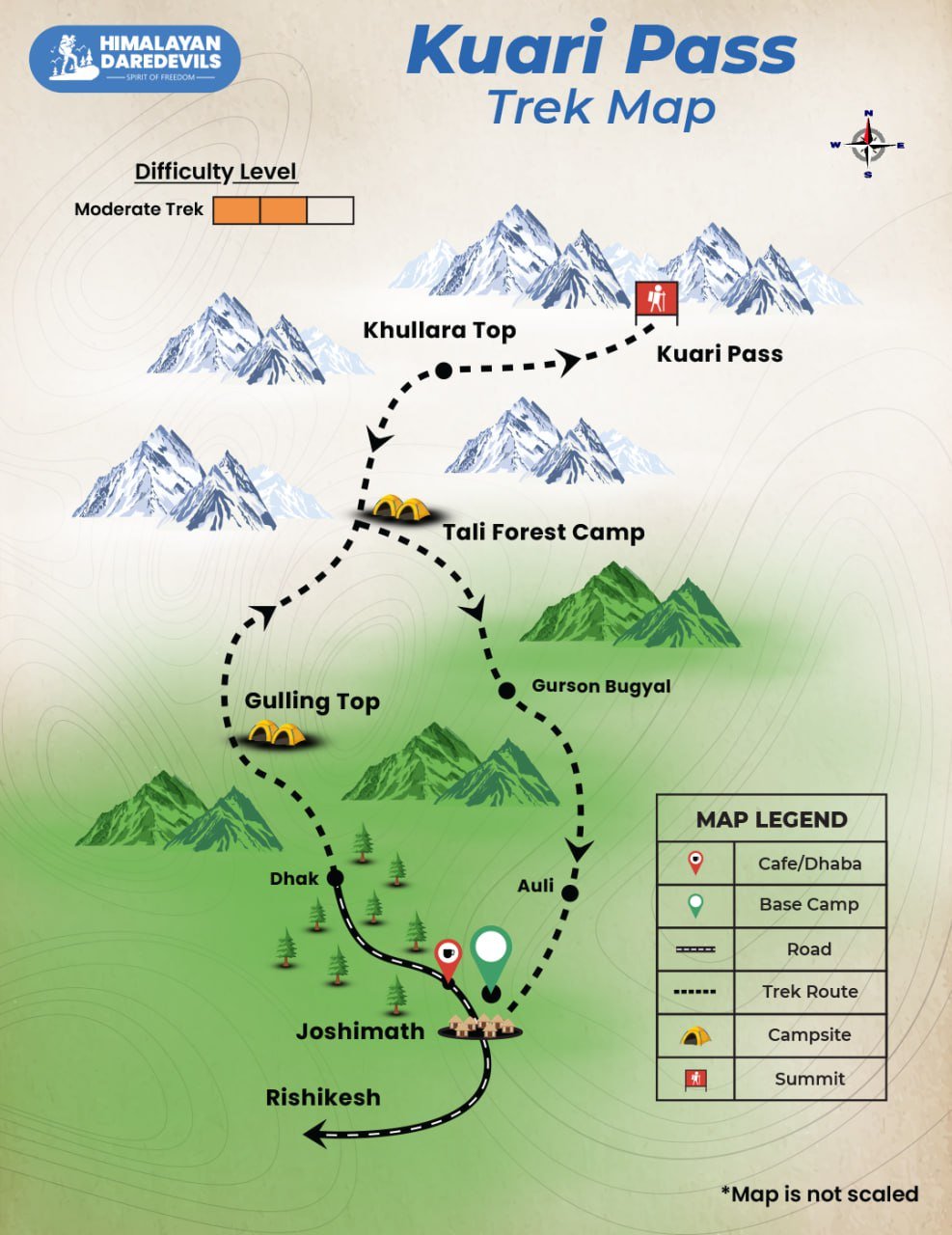
Reviews Videos
Inclusions
Exclusions
1. Meals while on trek (Veg. + Egg).
2. All necessary entry fees and permits.
3. Accommodation: - Guest house, Home stay, camping during Trek.
4. Mountaineering qualified & professional trek Leader, guide, cook and Support staff.
5. First aid medical kits, stretcher and oxygen cylinder.
6. Trek equipment: Sleeping bag, mattress, tent, kitchen & dinning tent, toilet tent, utensils and crampon (if required)
7. Staff Insurance.
8. Porters/mules to carry central equipment.
1. Any kind of personal expenses.
2. Food during the transit.
3. Mules or porter to carry personal luggage.
4. Insurance.
5. Any kind of emergency evacuation charges
6. Anything not specifically mentioned under the head.
7. Transport (Non Ac)
8. GST- 5%
9.Any expense incurred or loss cost by reasons beyond our control such as bad weather, natural calamities (landslides, floods), flight delays/rescheduling/ cancellations, any accidents/medical evacuations, riots/strikes/war/pandemics etc.
1. Meals while on trek (Veg. + Egg).
2. All necessary entry fees and permits.
3. Accommodation: - Guest house, Home stay, camping during Trek.
4. Mountaineering qualified & professional trek Leader, guide, cook and Support staff.
5. First aid medical kits, stretcher and oxygen cylinder.
6. Trek equipment: Sleeping bag, mattress, tent, kitchen & dinning tent, toilet tent, utensils and crampon (if required)
7. Staff Insurance.
8. Porters/mules to carry central equipment.
1. Any kind of personal expenses.
2. Food during the transit.
3. Mules or porter to carry personal luggage.
4. Insurance.
5. Any kind of emergency evacuation charges
6. Anything not specifically mentioned under the head.
7. Transport (Non Ac)
8. GST- 5%
9.Any expense incurred or loss cost by reasons beyond our control such as bad weather, natural calamities (landslides, floods), flight delays/rescheduling/ cancellations, any accidents/medical evacuations, riots/strikes/war/pandemics etc.
What should you carry for the Kuari Pass Trek?
Clothing
If you're planning to take the Kuari Pass trekking excursion, proper clothing and gear are essential for comfort and safety, you will have to come with sturdy and waterproof trekking boots. These boots provide the required support for your ankles and also shield you from wet conditions. Moisture-wicking socks should be worn over the feet; these are important, especially for long hikes on days where less hiking takes place to keep the feet blisters-free. You also need quick dry t-shirts that act as base layers for your upper body and fabrics that are warm enough such as fleeces or down jackets for warm clothes on cool nights or cold weather conditions. A waterproof jacket is also important for your safety since it will help you avoid rain and wind which can also be uncomfortable. Wear trekking pants that are lightweight and streamlined as they are less likely to hinder movements. And a warm hat and gloves for protection against the cold at night or high altitude parts. You should also pack a sun hat which will protect the face from sunburn and provide relief to the face and head from heat in the daytime.
Gear
A decent 40 to 60-liter backpack is essential for any Himalayan journey, especially for the Kuari Pass trek the Himalayas, where long trails require carrying essentials comfortably for any outdoor enthusiast. Choose a model with a hip belt and well-padded shoulder straps for better support when on the trail. Also, if you go on such treks, you should carry a pair of trekking poles with you, these will give extra stability to your body on uneven terrain and relieve the knee joint from additional stress while going down the slopes. When the temperature drops at night, you should have with you a camper’s sleeping bag according to the season, while in case if your trekking company does not provide the tent, a lightweight tent will do the work. To conclude this section on possessions to carry, a sleeping mat is extremely recommended for a warm night’s sleep since it provides better insulation from the cold ground.
Essentials
It is very important to stay refreshed, especially at the Kuari Pass altitude, so carry water or a hydration bladder with purification options with a capacity of not less than 2 liters. It is also necessary to have water purifying pills or a small filter for protection against unsafe water. Carry in addition a first aid kit for succumbing minor injuries therefore make provision for basic first aid supplies, such as your own medicine. During the night, you need a good headlamp or torch, and ensure you have spare batteries. A multi-tool or knife is essential for anything from food preparation to equipment repair.
Food and Snacks
As for food, you can bring energy bars and trail snacks to maintain stamina during the Kuari Pass trekking journey or a trail mix for a quick energy boost while on the trail. If you are going to cook food, consider taking light cooking equipment, for example, a transportable stove and pot. Ready to eat food is a very nice idea too, since it is so easy to cook and does not require any elaborate preparations; which is great to have nutritious food without putting on too much weight.
Navigation and Safety
Whenever navigation is concerned, a map and a compass come in handy; be sure you can use them. A GPS or a smartphone with preloaded maps helps you avoid veering off track especially when trail signs are not well positioned. Have a whistle for safety reasons; it might turn out to be very useful for getting help if there is a need. However, Himalayan Daredevils will help you in trekking.
Personal Items
As for personal hygiene, sunscreen is extremely important, especially when at high altitude levels, so as to keep the skin safe from UV rays. Lip balm with SPF will help prevent chapped lips in dry conditions. Carry a reasonably comprehensive but minimalist toiletries kit, opting for biodegradable materials to lessen the effects on the environment. A pack with quick-dry towels comes in handy for this and for use after one has washed or after one is wet from rain.
How to reach Kuari Pass Trek
To reach Kuari Pass, first travel to Joshimath in Uttarakhand. The nearest airport is Jolly Grant Airport, Dehradun (approx. 280 km), and the closest railway station is Rishikesh (approx. 280 km). From Joshimath, take a 45-minute drive to Dhak village, the official starting point of the trek.
Here’s a clear guide on how to reach Kuari Pass:
Base Location: The trek usually starts from Joshimath, a town in Uttarakhand.
By Air:
The nearest airport is Jolly Grant Airport, Dehradun (approx. 280 km from Joshimath).
From the airport, you can hire a taxi or take a bus to Joshimath (8–10 hours by road).
By Train:
The nearest railway station is Rishikesh (around 280 km away).
From Rishikesh, you can take a bus, shared cab, or private taxi to Joshimath.
By Road:
Regular buses and taxis operate from Rishikesh, Haridwar, or Dehradun to Joshimath.
The road journey passes through Devprayag, Rudraprayag, and Karnaprayag, offering scenic views along the way.
Trek Start: From Joshimath, a short drive (around 45 minutes) takes you to Dhak village, the official starting point of the Kuari Pass trek.
Fitness and preparation guide for Kuari Pass Trek
For the Kuari Pass trek, a good level of fitness is essential because the trek involves moderate to challenging terrain, long hiking hours, and high-altitude conditions. Here’s a clear breakdown:
Cardiovascular Fitness:
You’ll be trekking 4–6 hours daily at elevations between 2,300 m and 3,050 m.
Activities like running, brisk walking, cycling, or swimming 3–4 times a week help improve stamina.
Strength & Endurance:
Strong legs and core are important for uphill climbs, descents, and carrying a daypack.
Exercises like squats, lunges, step-ups, and planks are highly recommended.
Flexibility & Balance:
Stretching and yoga help prevent injuries on uneven, rocky terrain.
Acclimatization:
The trek goes above 3,000 m, so prior exposure to altitude or gradual acclimatization is beneficial.
Tip: Regular trekking or hill walks before the trip significantly improves endurance and confidence on the trail.
FAQ Kuari Pass Trek
The best time to trek to the Kuari Pass Trek is late September to early November (autumn) and late March to early May (spring). Trekking during these months would offer you clear skies, pleasant weather and a stunning 360° Himalayan view. Avoid winter and monsoon due to extreme cold, snowfall, and slippery trails.
Kuari Pass Trek is moderate in difficulty and beginner-friendly. It covers approximately 38–40 km over 5–6 days of trekking daily, gradual ascents, uneven terrain, and reaches an altitude up to 3,650 meters. Provided you pay attention to proper acclimatization, hydration and preparation Kuari Pass is as easy as a Himalayan Trek can be.
Though prior trekking may be useful, it is not essential. The trek is suitable for all levels and sophistication of training, although it is advisable that one should be in shape and prepared for the undertaking to make the most of the ordeal.
Accommodation on Kuari Pass Trek is often in style of camping with tents pitched up while on the Way. Some of the trekking agencies may have a few options for accommodation in guesthouses or homestays in the towns used as bases, however there are only so many opportunities for guesthouses which does allow one to to get deeper into the countryside potentialities.
The most important items required include good trekking boots, a suitable backpack, several layers of warm clothes, a warm and waterproof jacket, a sleeping bag, and poles, first aid kit and the little things such as sunscreen and a water filter bag. The most important thing is that you must minimize your loads and not pack everything that you think is usable.
Some experienced trekkers may choose to trek in solitary, but trekking in a guided group is highly recommended, especially in the case of Kuari Pass trek. Himalayan Daredevils provides added safety and support, making the trip more enjoyable, since you will be able to learn from them a lot about the people and environment.
There are many attractions on the Kuari Pass Trek, right from the starting of the trek you get to see the majestic himalayan mountains like Nanda Devi, Trishul, Dronagiri, and Chaukhamba. You will be surrounded by dense forests of oak and rhododendron and as you gradually make your way up you will see the alpine meadows filled with wildflowers. Along with the flora and fauna Kauri Pass brings you close to picturesque villages like Dhak and Gulling, diverse wildlife, and gives a chance to experience Garhwali culture and cuisine.
Both Kuari Pass and Kedarkantha are wonderful himalayan treks; it is up to you to decide which suits you the best. Kuari Pass Trek is best for adventure seekers, nature lovers, and culture enthusiasts who want longer treks, panoramic Himalayan views and Kedarkantha Trek is for beginners, families, and snow lovers looking for a shorter, easier trek with snow-covered peaks, winter camping, and starry Himalayan nights.
The Kuari Pass Trek is approximately 38–40 km long, typically completed over 5–6 days, with daily trekking of 5–6 hours. It covers a mix of forest trails, meadows, and rocky terrain, reaching a maximum altitude of 3,650 meters.
Kuari Pass trek is also known as the Curzon Trail, named so because it was first explored by Lord Curzon in the early 1900s. This adds to the history and charm of the trek, along with this the trek is famous for the panoramic views of the Himalayan peaks and the lush green meadows and the rich flora and fauna.
The highest point of the Kuari Pass Trek is approximately 3,650 meters (12,000 feet) above sea level, offering stunning panoramic views of Himalayan peaks like Nanda Devi, Trishul, Dronagiri, and Chaukhamba.
The trek is moderate and suitable for individuals with good basic fitness. Trekkers should be able to walk 5–6 hours daily on uneven terrain, handle gradual ascents, and manage high-altitude conditions up to 3,650 meters. Proper acclimatization, hydration, and stamina are recommended.
Yes, the Kuari Pass Trek is generally safe for trekkers with good fitness. Proper acclimatization, hydration, nutrition, and preparation are essential. Using experienced guides, like Himalayan Daredevils, ensures safety, navigation, and support, especially at higher altitudes where risks like altitude sickness can occur.
Cancellation policy
Life is unpredictable and we understand sometimes you have to cancel or change your trip dates and it is our endeavour to make it as easy possible for you. However, please understand we plan everything including guide fees, permits, accommodation and ration in advance. Therefore any cancellation means inconvenience and certain losses to the people involved in various stages of programme. Keeping that in mind, our cancellation charges are as below-
Cancellation prior to 30 days from start of the event: Get monetary refund with 15% of cancellation charges on trek fee.
Cancellation between 30 days and 15 days to the start of event: 50% on trek fee is non refundable and the remaining 50 % will be given as cash voucher which is valid for 1 year.
Cancellation less than 15 days to the start of event: No refund.
Please note cancellation will be only accepted by email.
Booking amount is non refundable
Note: The Himalayan Daredevils reserves the right to cancel a programme before departure in the event of logistical problems arriving due to natural calamities, strikes, wars on any other circumstances that makes the event inadvisable. In this case, 50% on trek fee is non refundable and the remaining 50 % will be given as cash voucher which is valid for 1 year.
Itinerary changes & trip delays:
We plan itineraries based on the information at the time of planning and in rare circumstances, there are subject to change. In the event that the itinerary is changes or delayed due to unforeseen circumstances such as bad weather conditions, transportation delays, government intervention, landslides etc. We will always aim to give you the best experience possible. However The Himalayan Daredevils are not be held responsible for the cost of delay or changes.
Why Choose Us
Our Best Performance
50,000+
Trekkers
PAN India Treks
250+
Treks
Professional
and Experienced Staff
Best
Grade Equipment
Well Organised
Trek Itineraries
Related Blogs
Read and get more about our treks

The Importance of Using Two Trekking Poles on Himalayan Treks

Promoting knowledge about well-being while trekking in the Himalayas
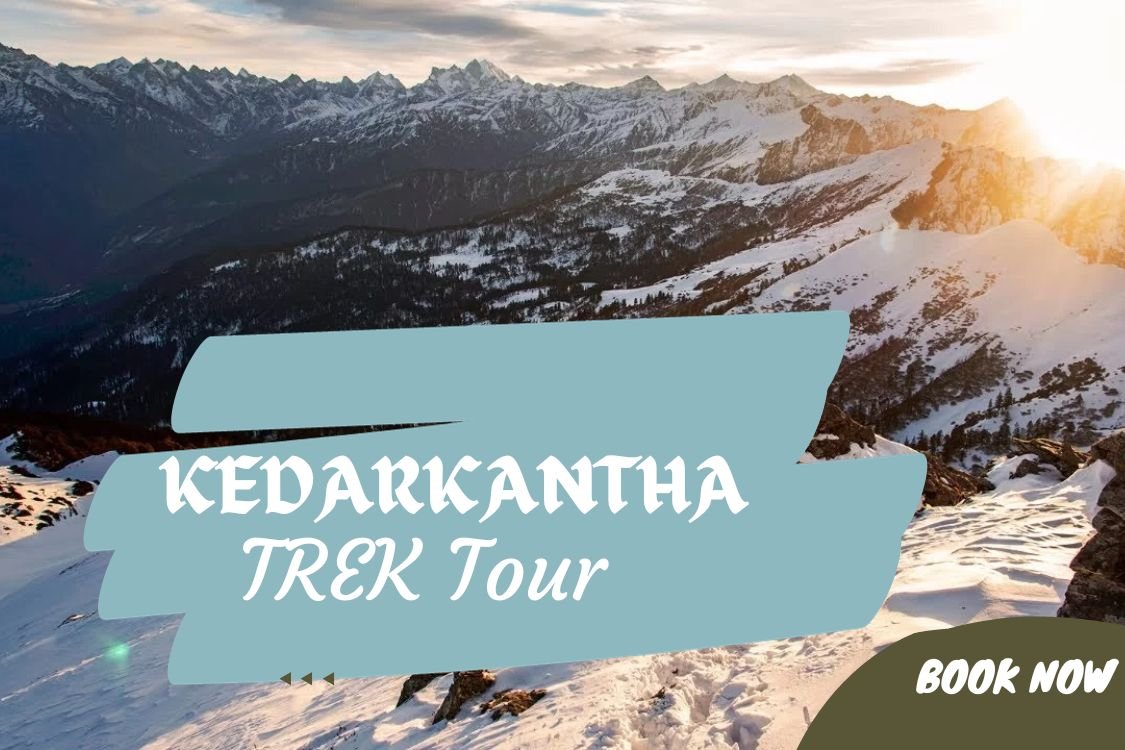
How To Plan A Kedarkantha Trek Tour Within Your Budget
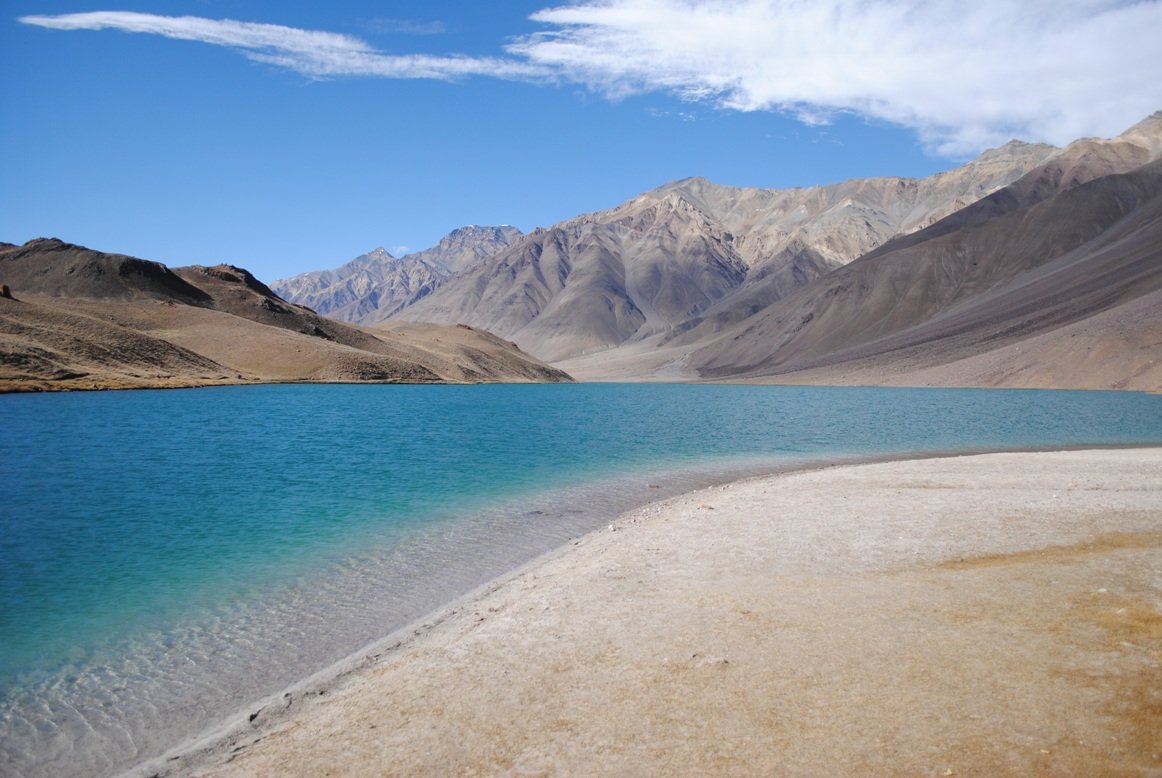
10 of the Best Himalayan Treks You Must Do
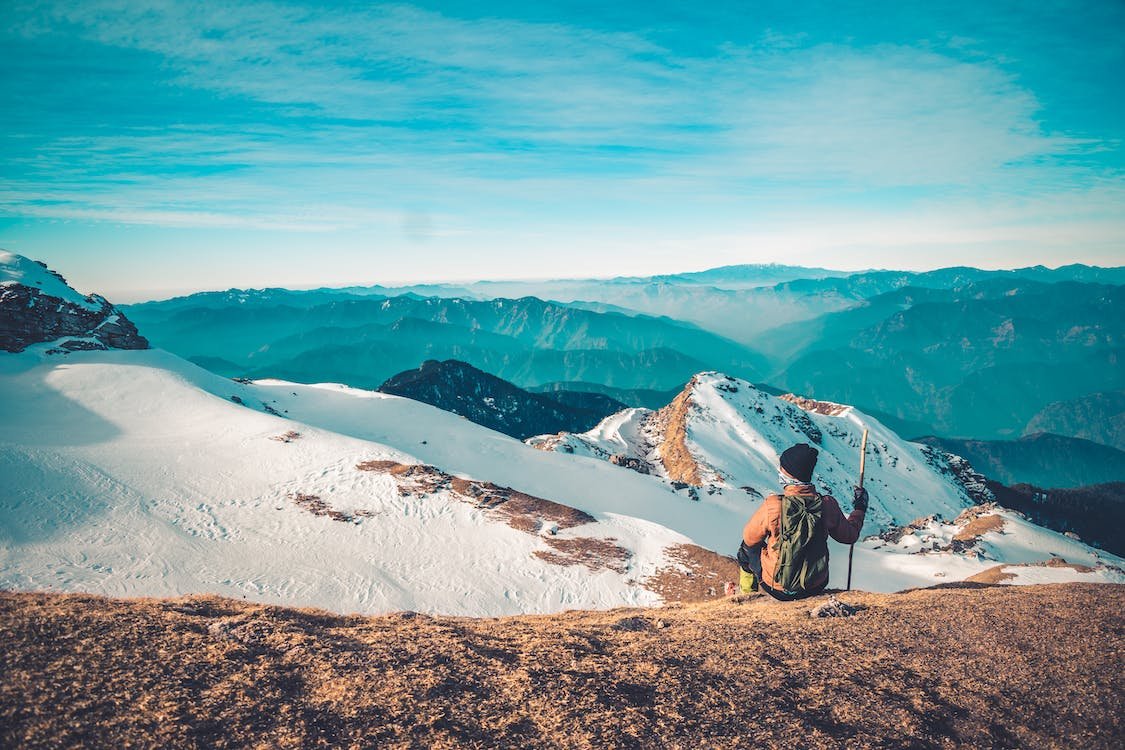
Kedarkantha Trek & Tour Package - A Complete Guide

How To Choose Your First Himalayan Trek

Trekking In Uttarakhand: Exploring The Majestic Himalayas

Best Time to Experience Kedarkantha Trek: A Complete Guide
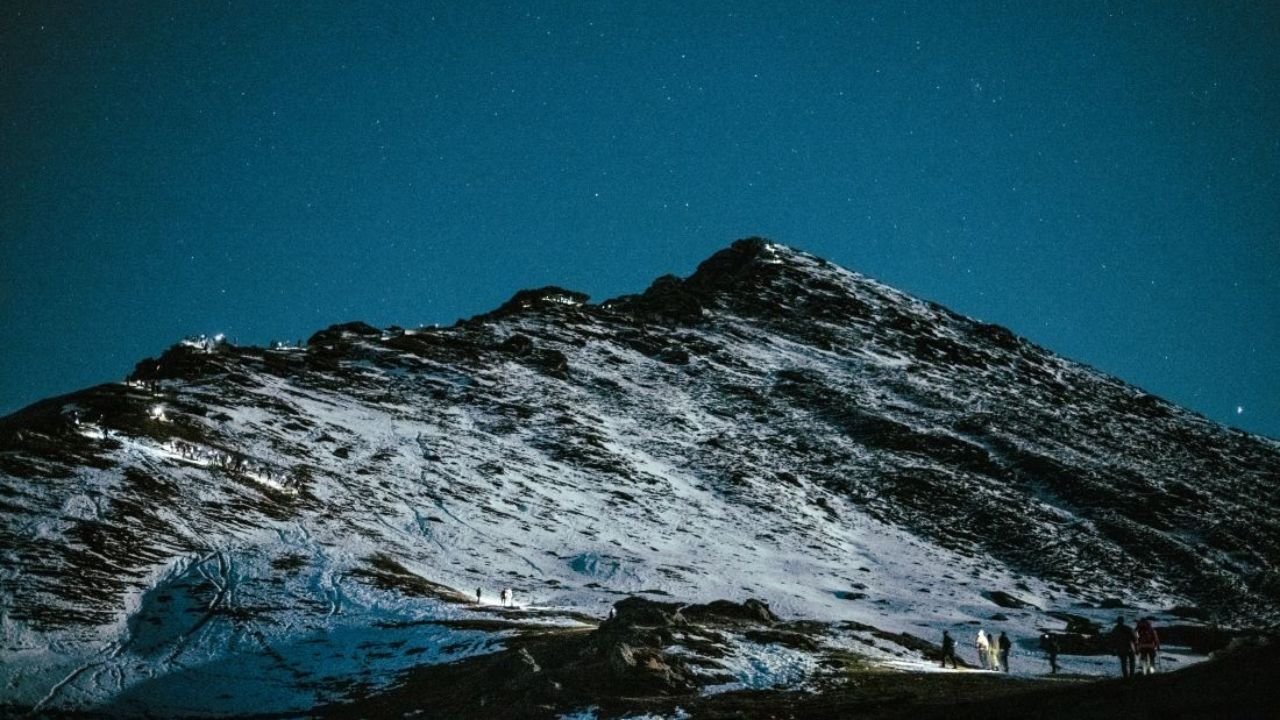
Why Kedarkantha Peak is a Dream Destination for Trekkers
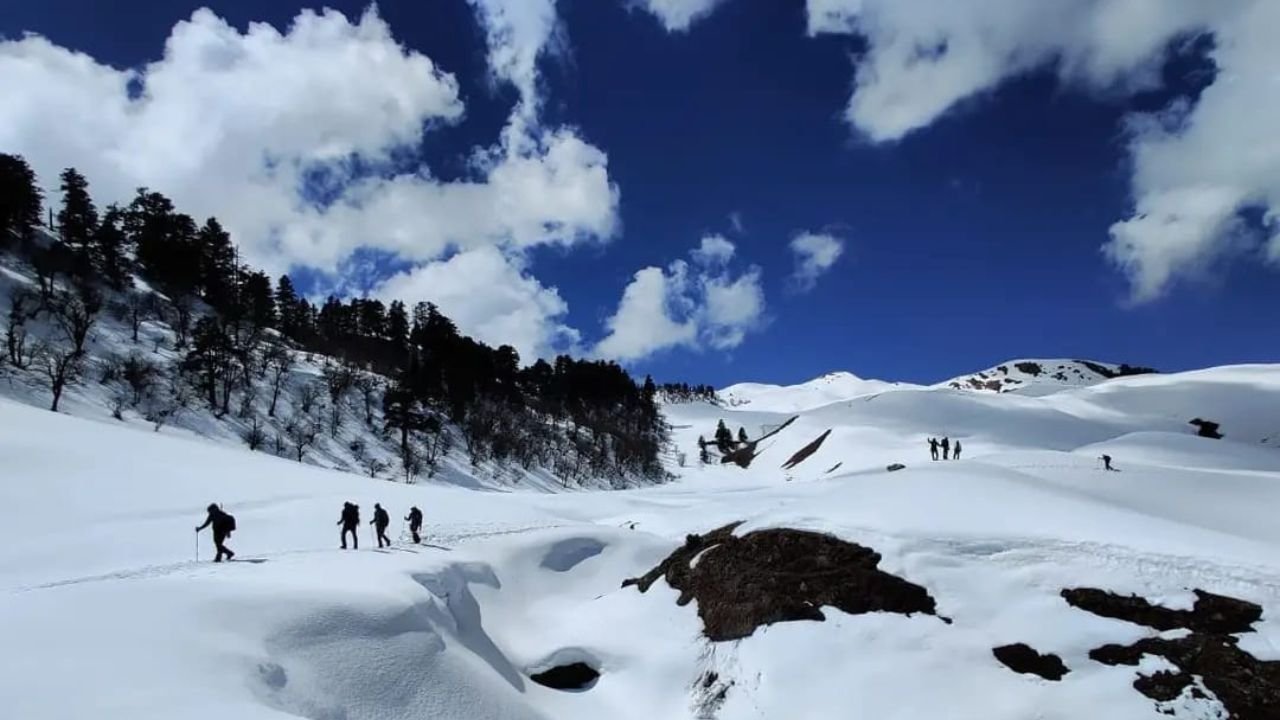
Top 5 Reasons Why Dayara Bugyal Trek Should Be Your Next Himalayan Trek

Top 10 treks to do with friends
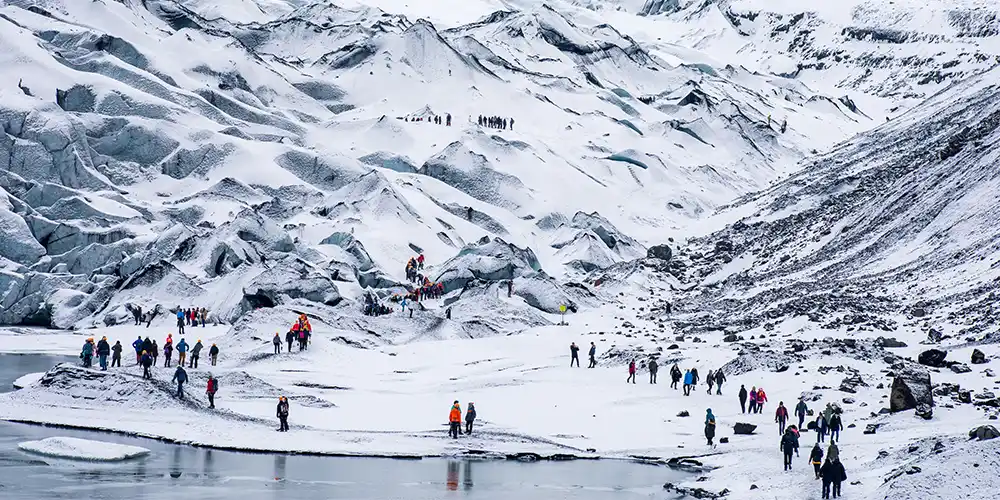
Best Himalayan Winter Treks in Uttarakhand
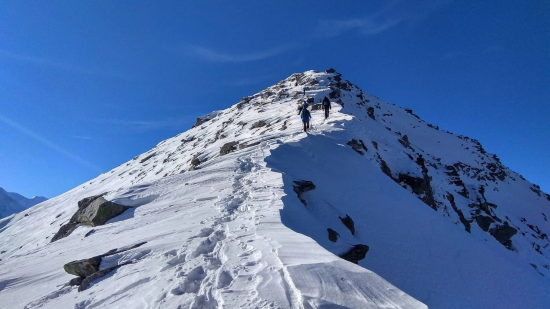
Which is Better: Pangarchulla Peak Trek or Kuari Pass Trek?
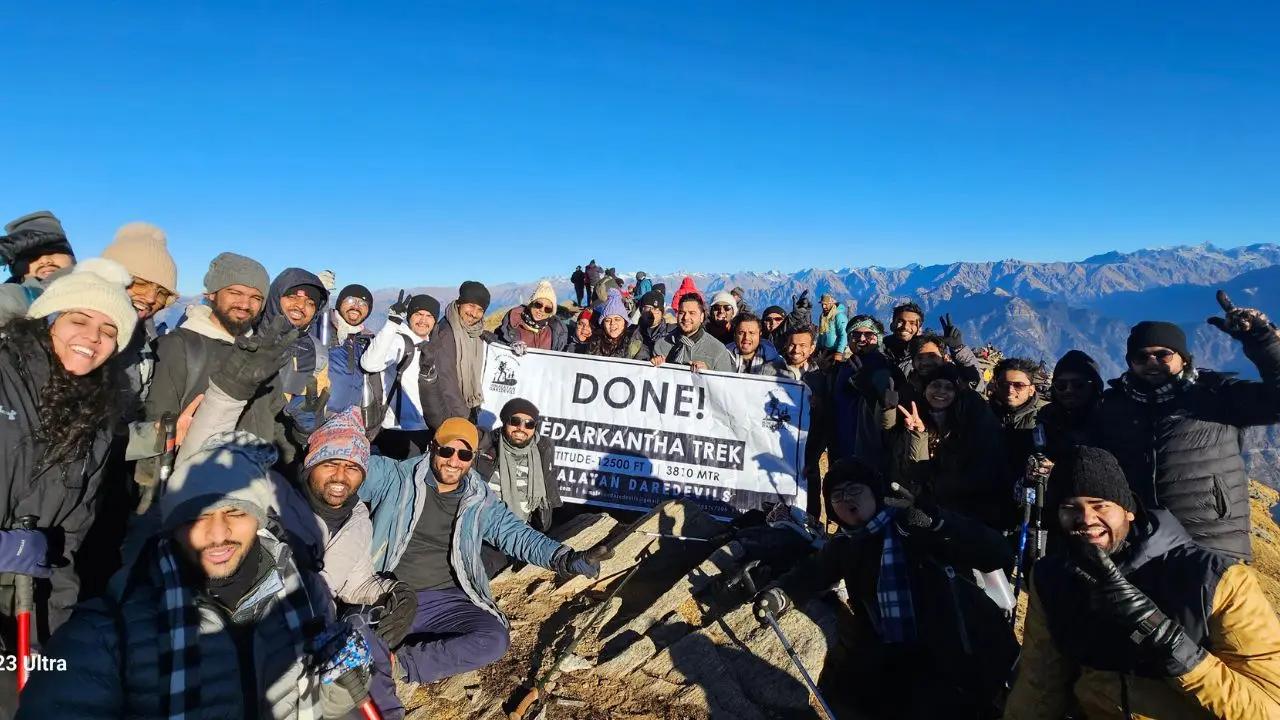
Why is Kedarkantha Trek Called the ‘Queen of Winter Treks’ in Uttarakhand?
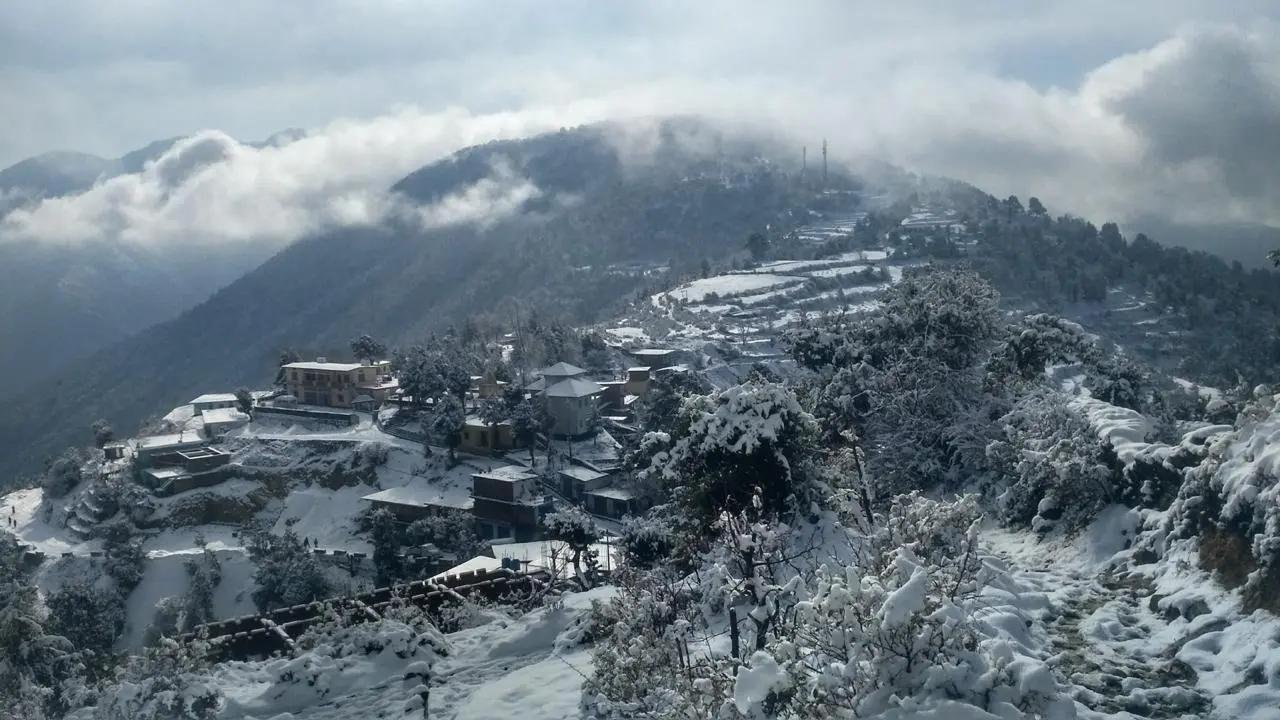
Kedarkantha Trek vs Brahmatal Trek: Which Winter Trek in Uttarakhand is Better?
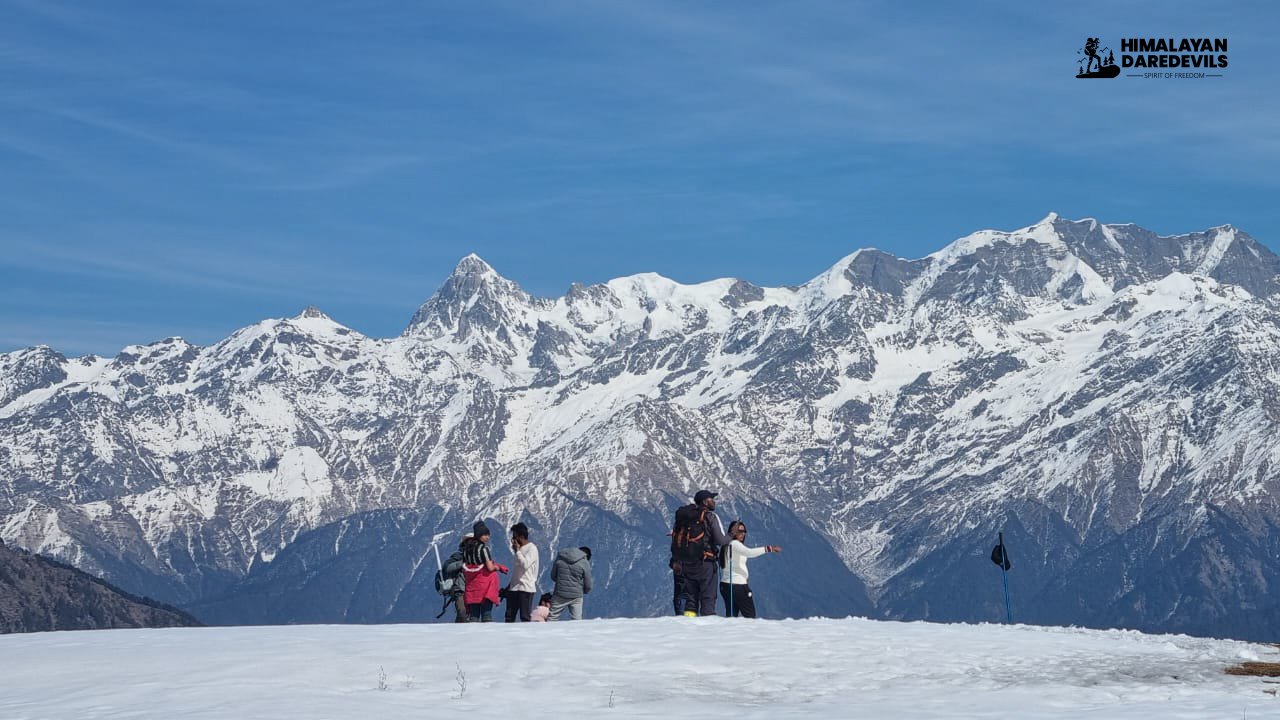
Gulabi Kantha vs Dayara Bugyal: Which Winter Trek Should You Pick?
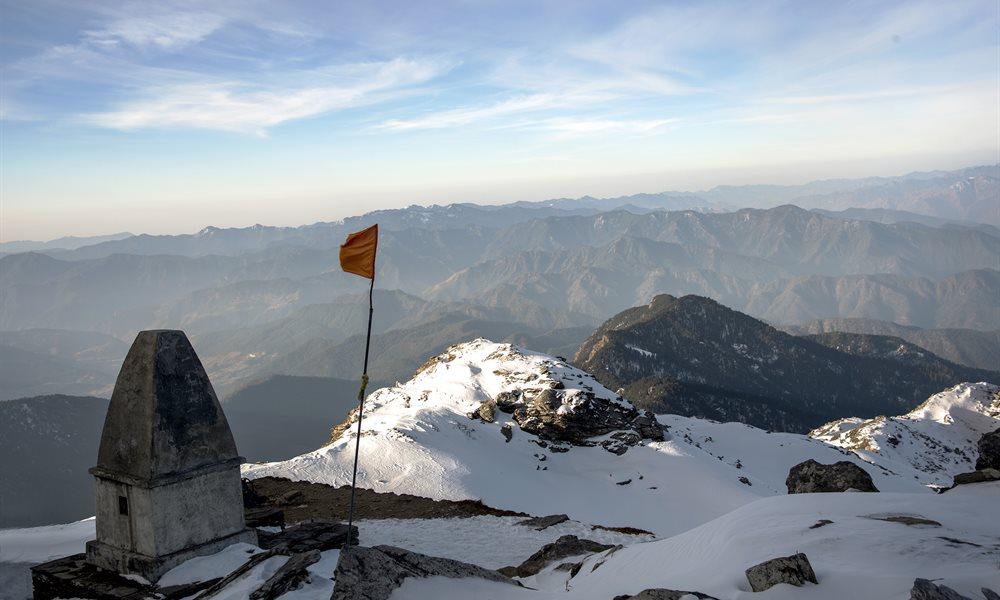
Kedarkantha Trek Difficulty Explained: Altitude, Weather & Terrain
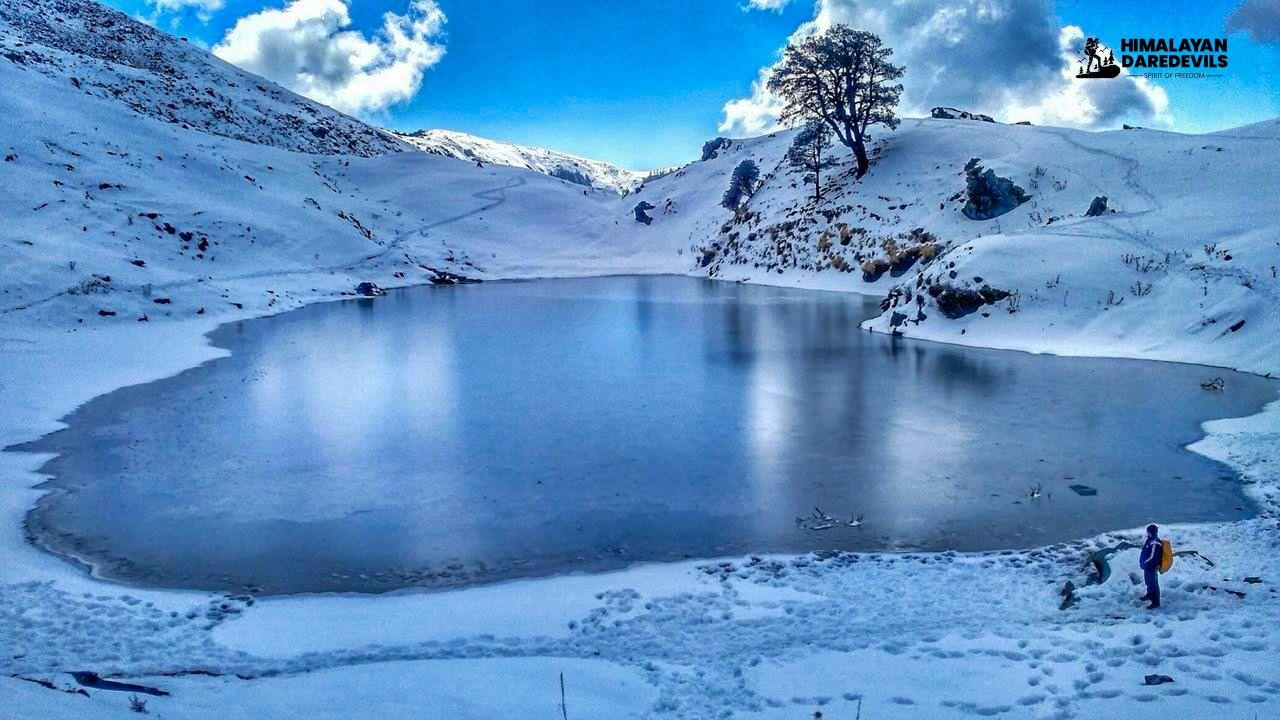
Why Brahmatal is the Perfect Winter Trek for Snow Lovers
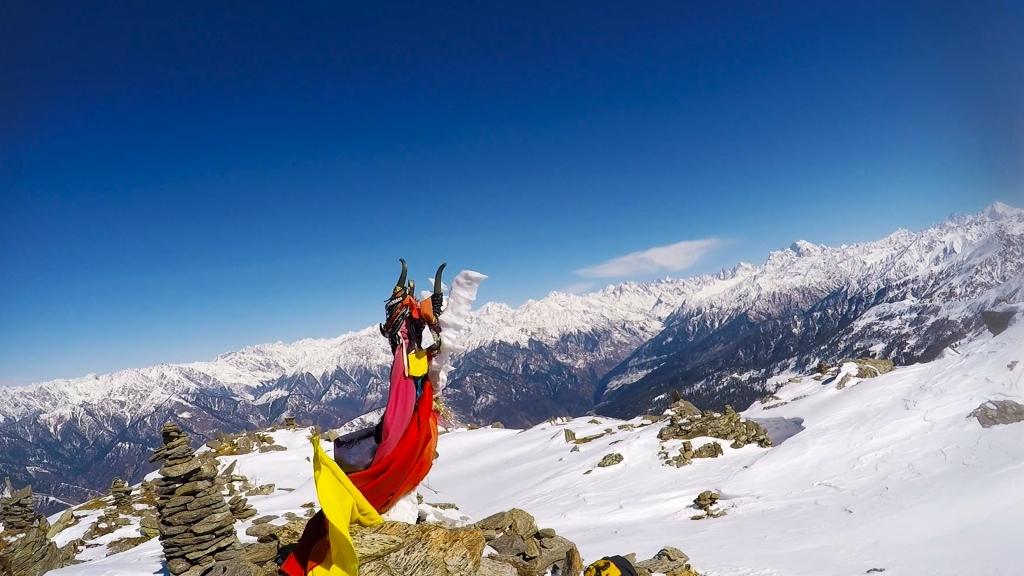
Famous Himalayan Peaks Visible from Kedarkantha Trek
